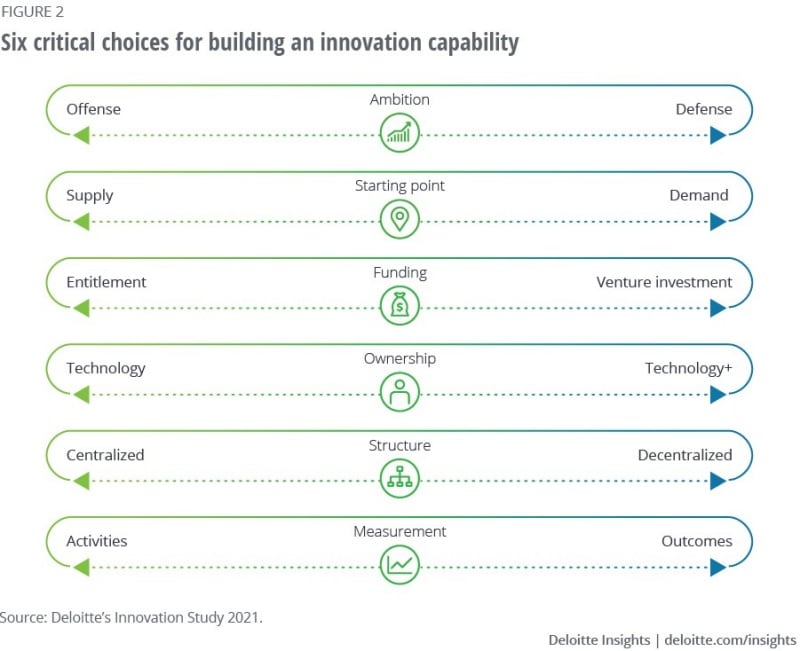 |
| If you like the picture Donate to Orphans |
We can look at a study conducted by Delloite entitled, 'Innovation Study 2021: Beyond the buzzword' that surveyed 400 business, technology, and innovation leaders across six industries to better understand corporate innovation. What you might notice is the different factors that lead to innovation.
1.Ambition: People who want to win and create something new often in the form of improving financial return to the company but could be other reasons as well.
2.Starting Point: Companies can look for innovation through brainstorming, internal efficiencies and marketplace.
3.Funding: Ensuring the funding is available and structured for research, development (and I would add prototyping for manufacturing consideration.) it can provide resources to develop good ideas.
4. Ownership: Some projects may be oriented toward business-2-business partnerships, government-to-business, or other arrangement. Who are stakeholders in the process will help determine the outcomes and potential value of the products.
5. Structure: The centralized and decentralized structures of an organization lead to different levels of innovation. Having a structured innovation structure allows one to focal point development on specific high value areas while decentralized innovative structures widen the innovative capacity of a company.
6.) Measurements: Metrics and milestones are important but the nature of innovation is a little different than production. There is some chaos in it all so don't expect metrics to determine all of the successes or failures of initiatives (If I was going to measure I might use standard metrics but would want something to include something along the lines of problem solving tree/matrix that shows movement towards a final goal and/or effective resource maximization.)
What I like about the report is that it moves into significant depth on what innovation looks like in many organizations and that creates a mental framework for understanding how such innovations can be repeated in other organizations. I suspect someone could also run a financial return on such innovations and the ROI for R&D initiatives. No matter, read the report and gain some understanding of corporate R&D behaviors. They will follow similar patterns even though the specific innovations are different.
Side Note: Economic clusters help create the environment where the different aspects of innovation are present to speed and enhance its potential outcomes. In my Delta County Michigan model, you have entrepreneurial talent, engineering-design talent, govt. stakeholders, business investors, resources, and protype-custom creation for testing to lead to mass production is helpful. In other words, you create a mini economic system focused around innovation of shared competencies/industries in a way that speeds up innovation (and ROI) for multiple stakeholders. Such areas are the best place to invest for groundbreaking products and profits. Furthermore, the potential for benefits to communities to develop other aspects of their economy that range from retail to tourism are possible based on the other benefits of the area. For example, tourism, manufacturing and Escanaba downtown. Esky Micro, Delta Co Innovation, Firm R&D, Esky Start Up, and more.

No comments:
Post a Comment